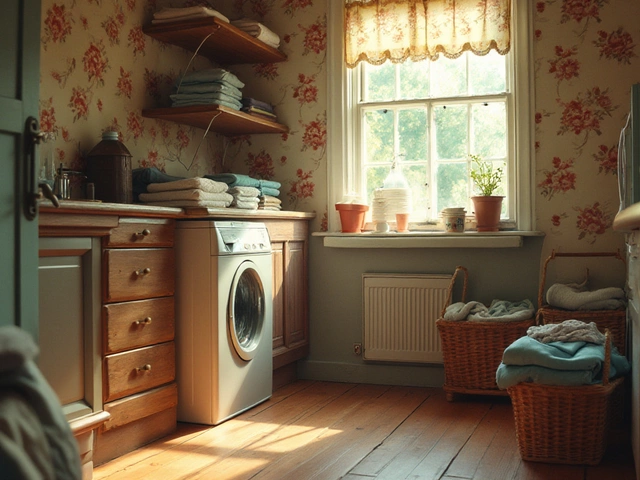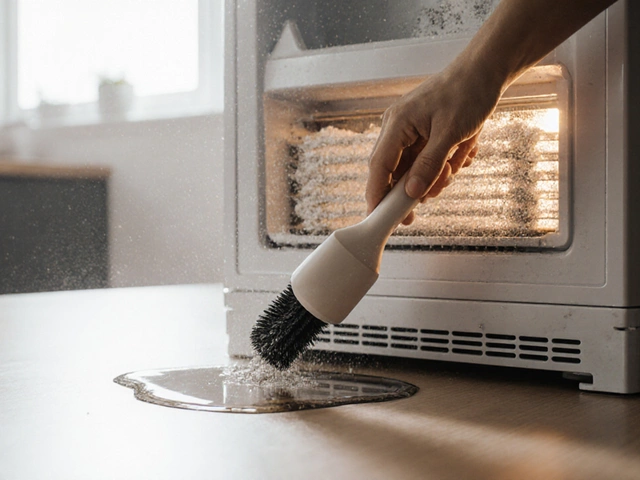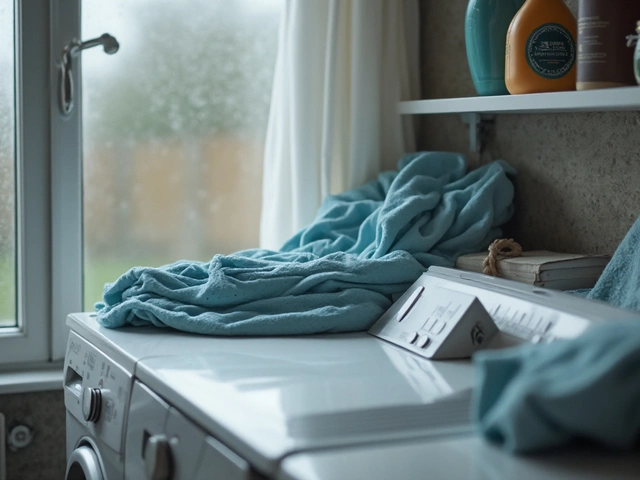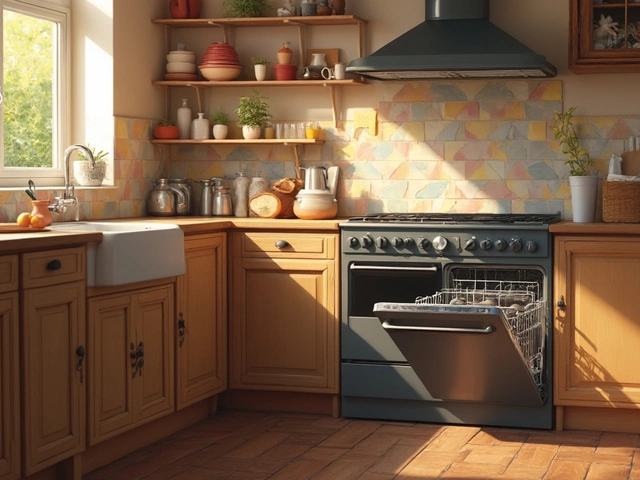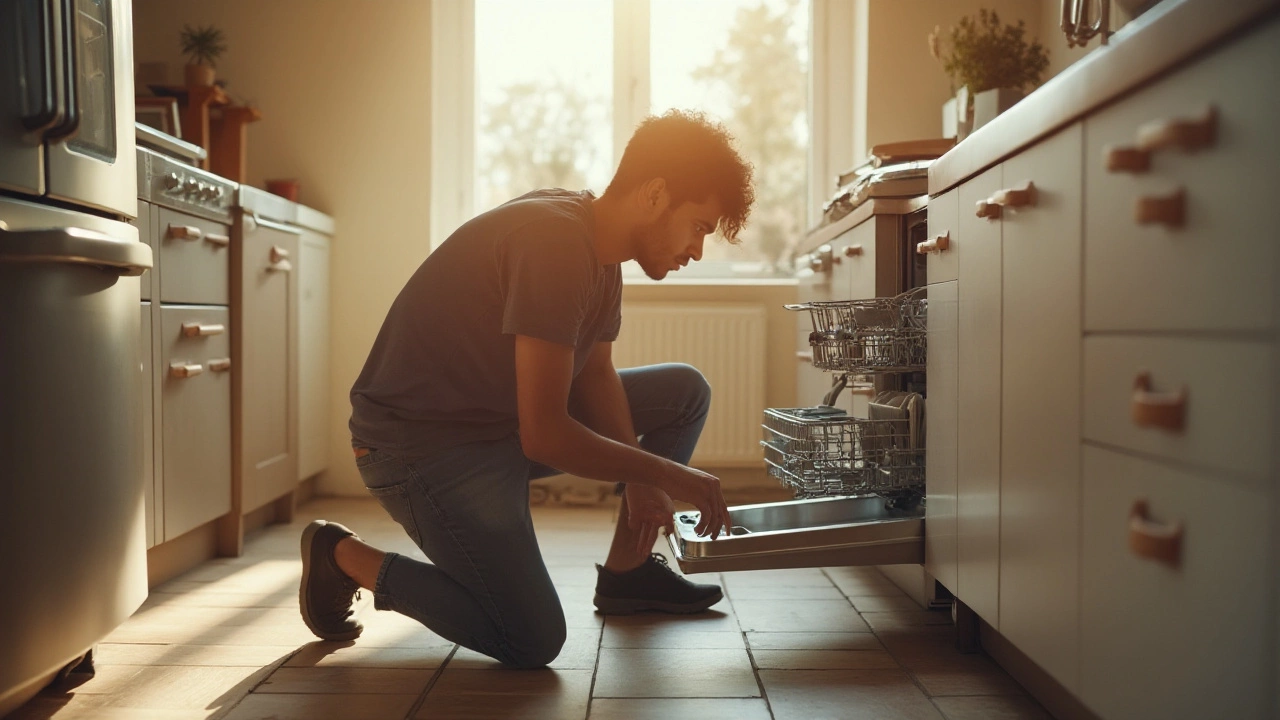Dishwasher Tips: Stop Water at the Bottom and Keep Your Machine Running
Ever opened your dishwasher only to find a mini pool at the bottom? It’s annoying, it smells, and it can ruin your dishes. The good news is most of the time you don’t need a pro – a few easy checks can fix the problem and keep the machine happy.
Why Water Stays in the Bottom
First, understand what’s causing the water to linger. The most common culprits are a clogged filter, a blocked drain hose, or a faulty pump. When food bits or mineral build‑up block the filter, water can’t flow out fast enough. A kinked or crushed hose does the same thing. Finally, the pump that pushes water out can wear out after years of use, and it will struggle to clear the cycle.
Another sneaky cause is using the wrong detergent. Too much suds can overflow into the bottom tray, leaving extra water behind. And if you regularly load large pots that block the spray arms, water won’t reach all corners, resulting in pockets of standing water.
Practical Fixes You Can Do Today
1. Clean the filter. Pull out the filter (usually at the bottom front) and rinse it under warm water. Use a soft brush to dislodge stubborn bits. Put it back securely – a loose filter can leak water into the tub.
2. Check the drain hose. Look for bends, kinks, or clogs where the hose meets the sink or garbage disposal. Disconnect it (have a bucket ready) and blow air through it. If water runs freely, reattach it tightly.
3. Inspect the pump. Listen for a humming sound during the drain cycle. If the pump sounds weak or you hear a grinding noise, it may need cleaning or replacement. Cleaning usually involves removing debris from the pump’s impeller – if you’re not comfortable, it’s a quick call to a local repair service.
4. Use the right detergent. Stick to low‑suds dishwasher powder or tablets recommended for your machine. Measure the amount exactly; extra soap just creates more foam and water.
5. Load wisely. Make sure spray arms can spin freely and aren’t blocked by tall items. Place plates at an angle and keep large pots away from the bottom rack where they can block the drain.
After you’ve done these steps, run a short rinse‑only cycle. Watch the bottom for any leftover water. If it’s clear, you’ve solved the issue. If water still pools, the problem might be deeper – a worn pump or an internal leak may need a professional’s eye.
Regular maintenance prevents most water‑pooling troubles. Add a quick filter clean to your monthly chores, check the hose for wear, and run an empty hot‑water cycle once a month to clear out mineral build‑up. A few minutes now saves you time, money, and the smell of stale water later.
Remember, a dishwasher is a machine that likes clear paths for water to move. Keep those paths clean, use the right soap, and load dishes sensibly, and you’ll enjoy sparkling plates without the extra splash at the bottom.
